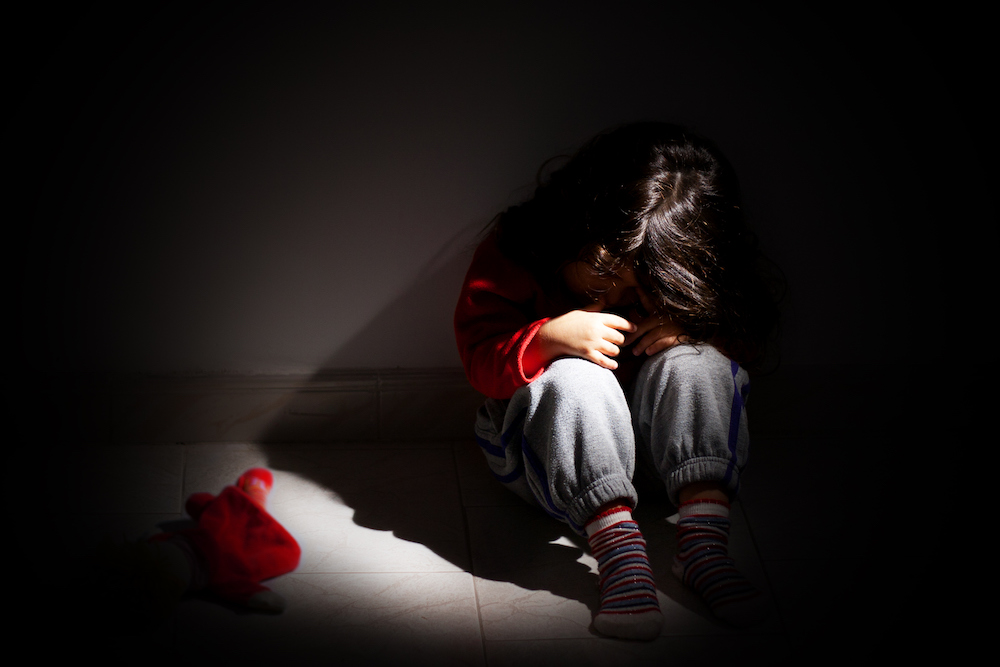Topics

Image Source
When young children and adolescents are faced with distressing experiences, recognizing the impact of these difficult circumstances can be complicated. If a child’s emotional and/or physical well-being are harmed or threatened by an incident, we consider this a trauma. In these cases, traumatic stress is the psychological response resulting from a trauma. There are certain traumatic stress reactions considered normal and adaptive in the immediate aftermath of the trauma, such as hyper-vigilance or heightened awareness of one’s surroundings. However, some reactions can be long-lasting and/or might interfere with a child’s daily functioning, alongside their physical and mental health. Oftentimes, common misbehavior or “acting out” might actually be masking traumatic stress reactions. It’s critical for caregivers to accurately recognize the characteristics of traumatic stress in order to ensure the most appropriate and effective methods of intervention.
Common traumatic events for children
Traumas can be acute (one-time) or chronic (ongoing) and might include:
- Death of a loved one (i.e. family member, friend, etc.)
- Car accidents
- Natural disasters (i.e. hurricanes, floods, etc.)
- Witnessing domestic and/or community violence
- Suffering from child abuse, neglect
- Living in poverty
- Incidents of racial discrimination
- Hospitalization (i.e. chronic illness, surgery, medical trauma)
Hidden traumatic stress reactions
Children might express traumatic stress through a variety of reactions, many stemming from factors such as age, development stage, family history, academic performance, social support systems, individual personality, and psychological/emotional strengths and weaknesses. Remember – not every child who faces trauma will develop signs of traumatic stress. As mentioned earlier, traumatic stress reactions can look very similar to other common psychological and behavioral issues, including:
- Anxiety: Fear/worry about safety of self, family and friends
- Attention-deficit/hyperactivity disorder (ADHD): Hyperactivity, limited attention, poor academic performance
- Depression: Irritability, social withdrawal, fatigue, changes in sleep and appetite
- Poor conduct: Aggression, anger, vocal outbursts
- Physical illness: Aches, pains, random vomiting, difficulty eating or sleeping
How caregivers can help
There are many things caregivers can do to support their children in the aftermath of trauma, including:
- Be calm and reassuring (offer comfort through body language, actions and words)
- Be patient
- Encourage children to openly talk about their emotions
- Express an open-door policy, allowing children to talk when they’re ready and comfortable
- Take care of yourself
- Reach out for additional support, if needed
It’s incredibly important for parents/caregivers to “listen to [their] gut[s]” if concerns are raised regarding a child’s behavior in the aftermath of trauma, even if it eventually means seeking support from a trauma-informed therapist.
Texas Children’s Trauma and Grief Center provides children and adolescents (ages 7-17 years old) who might be experiencing adverse reactions to traumatic incidents with evidence-based assessment and interventions. We’re also a designated Treatment and Services Adaptation Center of the National Child Traumatic Stress Network (NCTSN). Various NCTSN resources were used to produce this blog.
If you’re interested in scheduling an appointment with our Trauma and Grief Center, please contact our intake coordinator Daniel Martinez at 832-822-3829.